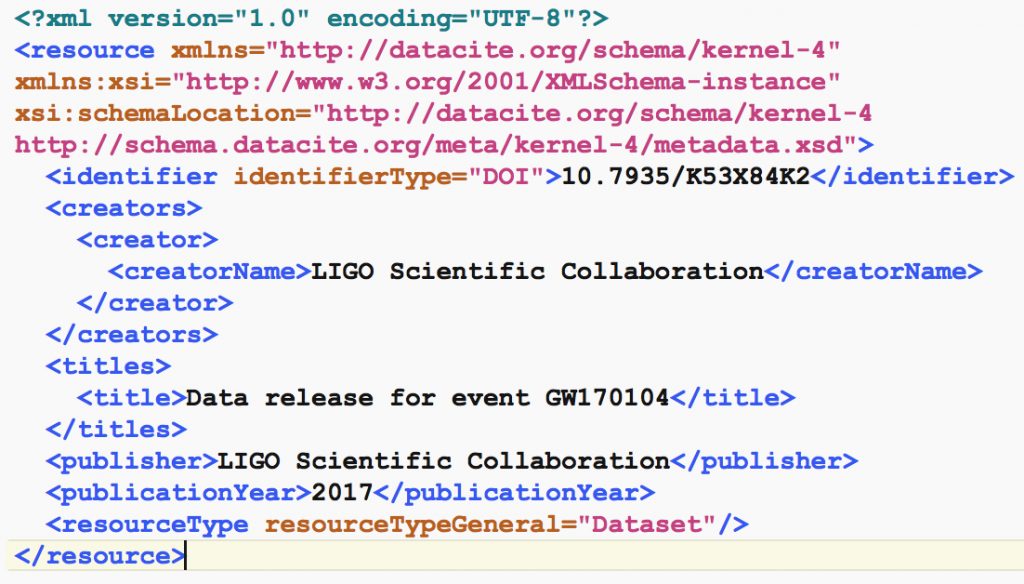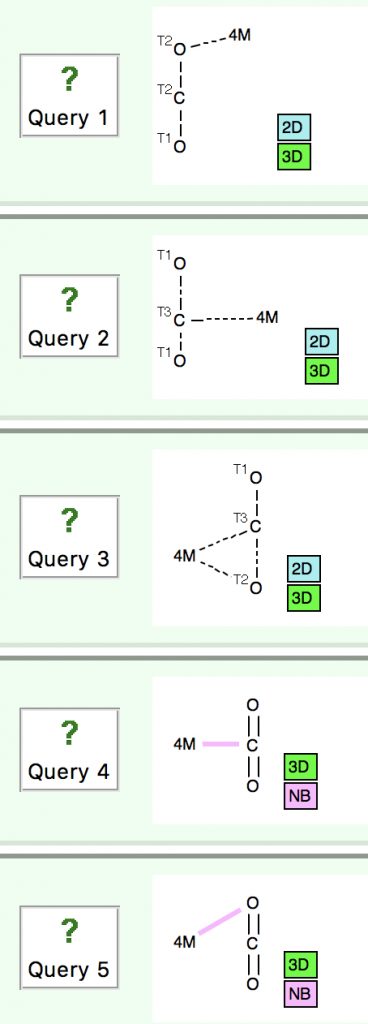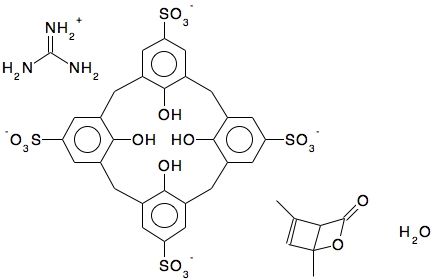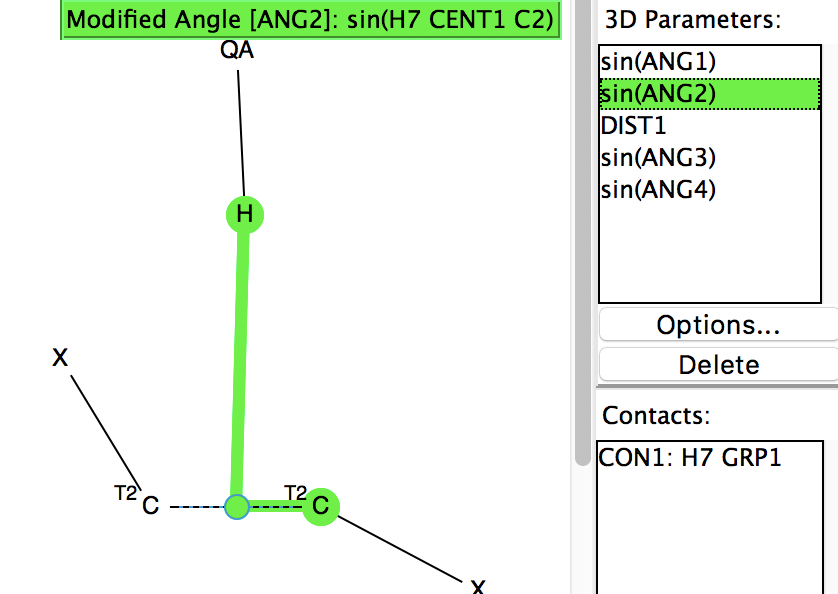
As data repositories start to flourish, it is reasonable to ask questions such as what sort of chemistry can be found there and how can I find it? Here I give an updated worked example of a digital repository search for chemical content and also pose an important issue for the chemistry domain.








